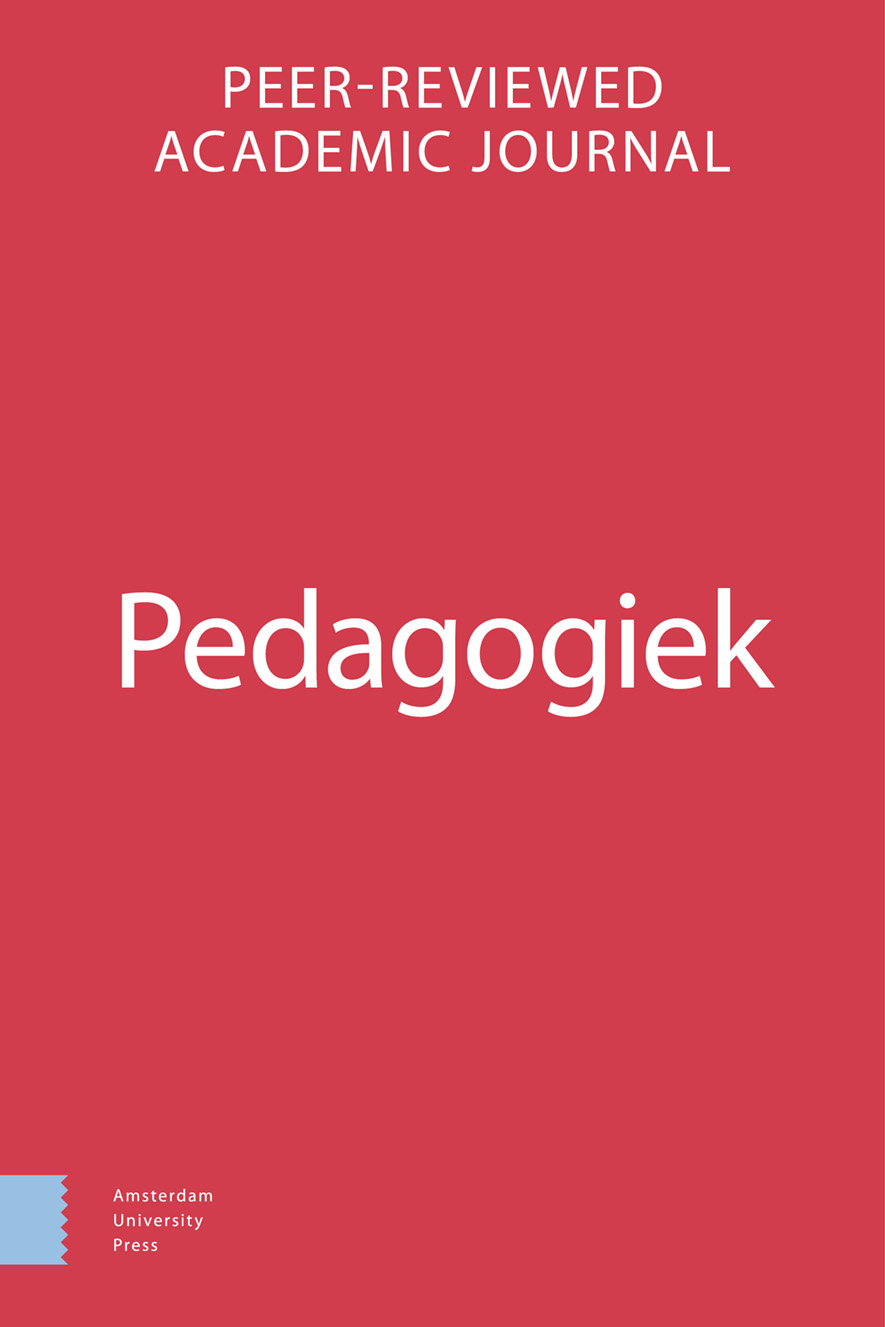-
oa Twee moeders, twee vaders of een vader en een moeder
Verschillen in welzijn en opvoeden op basis van een bevolkingsonderzoek1
- Amsterdam University Press
- Source: Pedagogiek, Volume 38, Issue 2, Dec 2018, p. 145 - 168
-
- 01 Dec 2018
Abstract
A population-based comparison of female and male same-sex parent and different-sex parent households
This investigation compared Dutch same-sex parent (both female same-sex and male same-sex) and different-sex parent households on children’s psychological well-being, parenting stress, and support in child rearing. It was also assessed whether associations among children’s well-being, parenting stress, and support in child rearing were different in the two household types. Data were based on a nationally representative survey. Matching was used to enhance similarity in background characteristics between both types of families, resulting in an analytic sample of 190 households (43 female same-sex parent, 52 male same-sex parent, and 95 different-sex parent households) with offspring between 5-18 years old. On children’s well-being, problems in the parent-child relationship, being worried about the child, or the use of formal and informal support, no significant differences were found between mothers in same-sex and different-sex parent households or for fathers in same-sex and different-sex parent households. Regarding one aspect of parenting stress, namely problems in rearing the child, fathers in same-sex parent households and mothers in different-sex parent households reported more problems than their counterparts (fathers and mothers in different-sex families). Neither the associations between children’s well-being and the predictors (parenting stress variables), nor those between support and the predictors (parenting stress and children’s well-being), differed along household type. The no differences that were found in this population-based study on child outcomes regardless of household type confirms the results of prior investigations based on convenience samples. These findings are relevant to family therapists, practitioners, court officials, and policymakers who seek information on gender diversity, parenting experiences and child outcomes in same-sex parent families.


